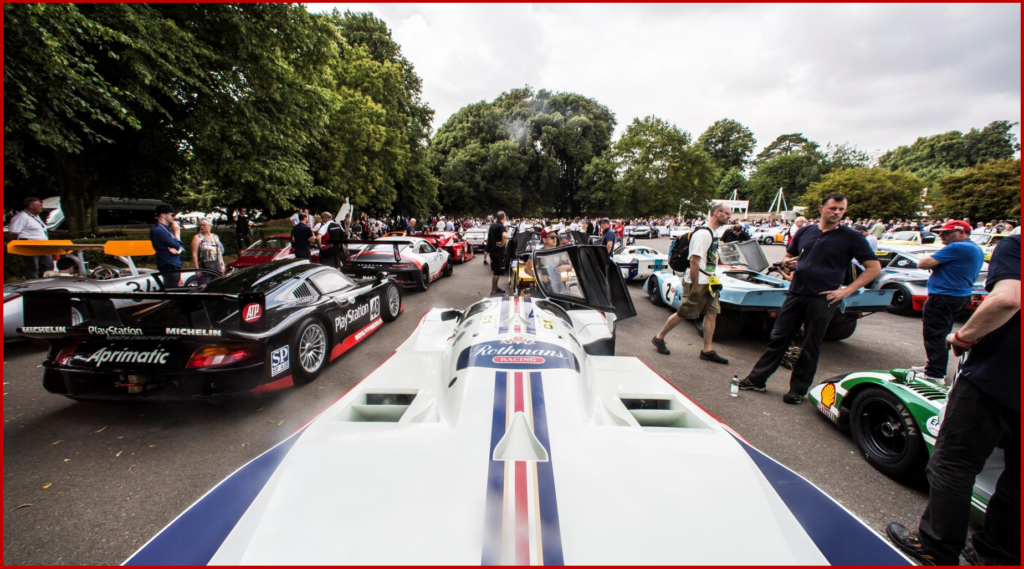
A storied marque with a distinguished and long racing heritage. Given the current sales mix, is NASCAR Truck or car racing next? (Just kidding, we hope.)
With 130,598 vehicles delivered worldwide in the first six months of 2018, Porsche AG passed the previous record posted last year by +3%. This makes the first half of 2018 the most successful in the company’s history. It also means that Porsche is now predominantly a sedan and crossover maker. (see Porsche Q1 2017 Best in History, 70 Years Porsche Sports Cars at Retro Classics or Porsche Sets Record 5 Minute 19.55 Lap Time at Nürburgring Nordschleife in Marketing Ploy with an outdated 919 Hybrid or Milestones – One Millionth Porsche 911)
The Panamera (~$86,000-$190,000) had biggest percentage growth: By the end of June, Porsche delivered 20,500 units of the four-door sports car, about double the number from the same period of the previous year. The venerable and distinguished 911(~$92,000-$300,000) also saw double-digit growth with an increase of 2% at 21,400 vehicles. The highest-volume series continue to be the Leipzig-built 5-door Macan with 46,600 vehicles delivered and the larger Cayenne (~$67,000-$127,000) with 28,700 deliveries.
“In the year of our ’70 years of Porsche sports cars’ anniversary, we are especially pleased that our icon, the 911, continues to enjoy a very strong momentum,” said Detlev von Platen, Member of the Executive Board responsible for Sales and Marketing at Porsche AG.
“That shows how strong and in demand our brand is,” von Platen claimed. AutoInformed draws a different opinion – one that shows how strong the crossover and performance sedan market is.
In its home market of Germany, Porsche saw an increase 11% during the first half of 2018 and 9% in Europe as a whole. China remains the strongest individual market for Porsche with 33,363 vehicles delivered, ahead of the USA (29,421 vehicles). The decline in deliveries in China by -7% is mainly due to the reduction in import tariffs which came into force on July 1, 2018. Since this measure was announced, a significant number of customers have refrained from making purchases.
“The political and economic situations in our main markets, especially in China and the USA, are considerable challenges now. In Europe, we are preparing our model range for future emission standards. Due to our positive development in the first six months, we are nevertheless confident that we will reach last year’s high levels this year as well,” said von Platen.

